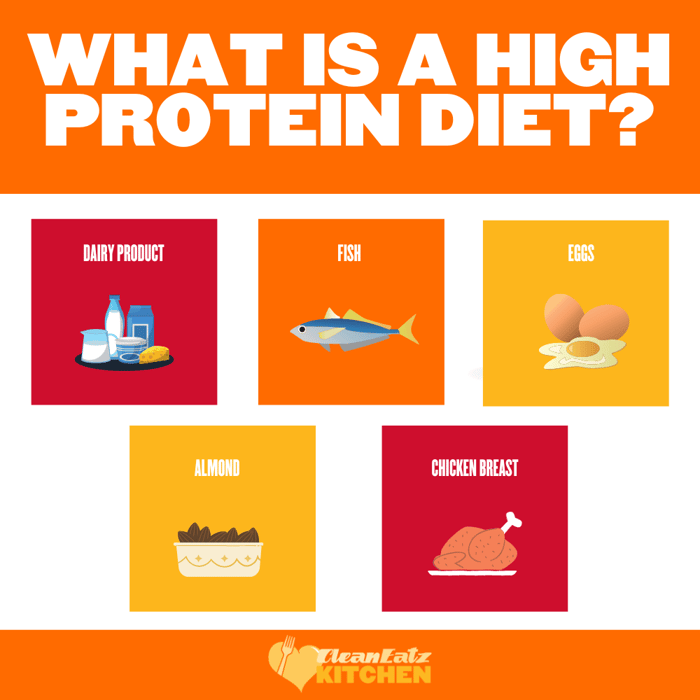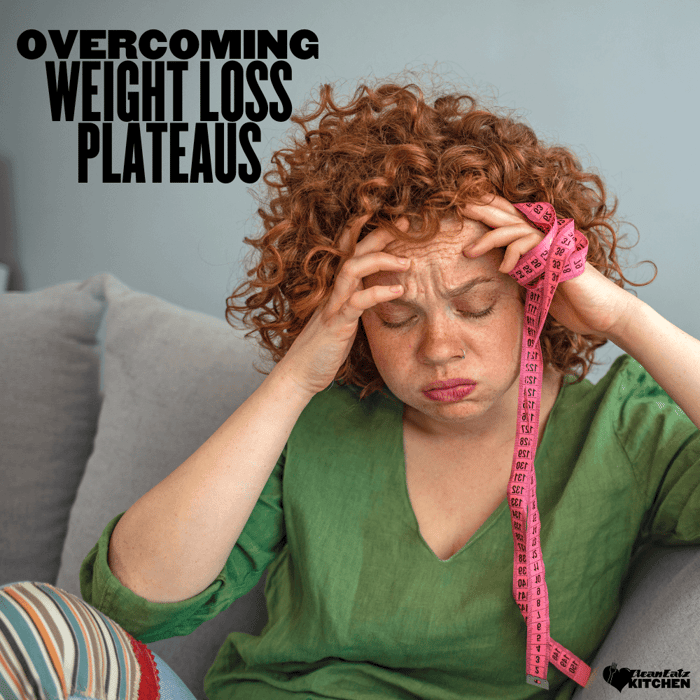What is a “high-protein” diet?
The U.S. Acceptable Macronutrient Distribution Range (AMDR) for protein is 10–35% of calories. In practice, diets called “high-protein” usually mean exceeding the basic 0.8 g/kg/day RDA and aiming for either:
- ~1.2–1.6 g/kg/day (commonly used for appetite, weight management, and training support), or
- >25–30% of calories from protein within the AMDR.
There’s no single universal cutoff, so practitioners define “high” using grams per kilogram or % of calories depending on context.
How much protein do you need?
- General adults: The RDA is 0.8 g/kg/day (minimum to avoid deficiency), but many people do well at ~1.2–1.6 g/kg/day for satiety and lean mass support.
- Older adults (65+): Often benefit from ~1.0–1.2 g/kg/day to help protect muscle and function.
- Per-meal target: For muscle protein synthesis, a practical range is ~0.25–0.40 g/kg per meal (≈20–40 g for many adults), spaced every 3–4 hours; include leucine-rich sources (dairy, eggs, meat, soy).
| Body weight | Approx. weight (kg) | Daily protein target |
|---|---|---|
| 120 lb | 54.4 kg | 65–87 g/day |
| 150 lb | 68.0 kg | 82–109 g/day |
| 180 lb | 81.6 kg | 98–131 g/day |
| 200 lb | 90.7 kg | 109–145 g/day |
| 240 lb | 108.9 kg | 131–174 g/day |
Benefits (satiety, weight, lean mass)
- Satiety & appetite control: Protein generally has the highest thermic effect and is typically more filling than carbs or fat—handy during weight loss.
- Body composition: Higher protein paired with resistance training helps preserve or gain lean mass, which supports performance and long-term weight regulation.
- Training support: Even protein distribution (20–40 g or 0.25–0.4 g/kg per meal) with leucine-rich foods helps stimulate muscle protein synthesis after training.
Dial in your nutrition while you chase these benefits: our high-protein meal plans make hitting targets easy, and protein-forward snacks help you stay consistent between meals.
Safety & who should be cautious
In healthy adults, randomized trials and meta-analyses show that higher-protein diets do not harm kidney function (no adverse change in GFR). If you have kidney disease or other conditions, talk to your clinician before increasing protein. Bone health appears neutral to beneficial when calcium is adequate, especially in older adults. See details in the References.
Best protein sources (animal & plant)
Eggs, dairy (Greek yogurt, cottage cheese), poultry, fish/seafood, lean beef/pork. Generally higher in leucine per gram.
Soy (tofu, tempeh, edamame), beans/lentils, peas, quinoa, nuts/seeds. Combine sources or use slightly larger portions to reach per-meal thresholds.
How to build a high-protein day
- Per-meal anchor: Aim for ~20–40 g (or 0.25–0.4 g/kg) per eating occasion.
- Spread it out: 3–5 protein doses across the day (every 3–4 hours), plus an optional pre-bed casein-rich snack if training hard.
- Pair with fiber & produce: Keeps meals filling and supports gut health.
Want a plug-and-play approach? Pick a day’s worth of calorie-controlled, high-protein meals, then fill gaps with protein snacks. Check Nutrition Info for exact macros.
FAQs
Is there a single definition of “high-protein”?
No. Practically, it means eating more than the RDA (0.8 g/kg/day). Many programs target 1.2–1.6 g/kg/day or >25–30% of calories within the 10–35% AMDR.
How much should I eat per meal?
About 20–40 g (or 0.25–0.4 g/kg), including leucine-rich foods. Even distribution (every 3–4 hours) supports muscle protein synthesis.
Is high-protein safe for my kidneys?
For healthy adults, controlled studies find no adverse effect on kidney function. If you have kidney disease or risk factors, consult your clinician for personalized guidance.
Does extra protein help with weight loss?
Often, yes—when total calories are managed. Higher protein helps with satiety, supports lean mass during a cut, and has a higher thermic effect than carbs or fat.
Can vegetarians/vegans follow a high-protein diet?
Absolutely. Include soy, legumes, pulses, grains, nuts/seeds, and consider protein-fortified options to hit per-meal targets.
References
- AMDR 10–35% of calories: U.S. Dietary Guidelines Appendix (ODPHP)
- Protein RDA context: Wolfe, 2017 (PMC)
- Older adults (1.0–1.2 g/kg/day): PROT-AGE Study Group
- Per-meal dosing (0.25–0.4 g/kg; leucine): ISSN Position Stand (Kerksick et al., 2017) and Jäger et al., 2017
- Thermic effect (protein ~20–30% vs. carbs 5–10% vs. fat 0–3%): Ravn et al., 2013 (PMC)
- Weight & lean mass benefits: Nunes et al., 2022 (systematic review/meta-analysis); Moon et al., 2020 (review)
- Kidney function in healthy adults: Devries et al., 2018 (meta-analysis)
- Protein & bone in older adults: Zittermann et al., 2023 (umbrella review); see also IOF summary
Educational content only; not medical advice.




